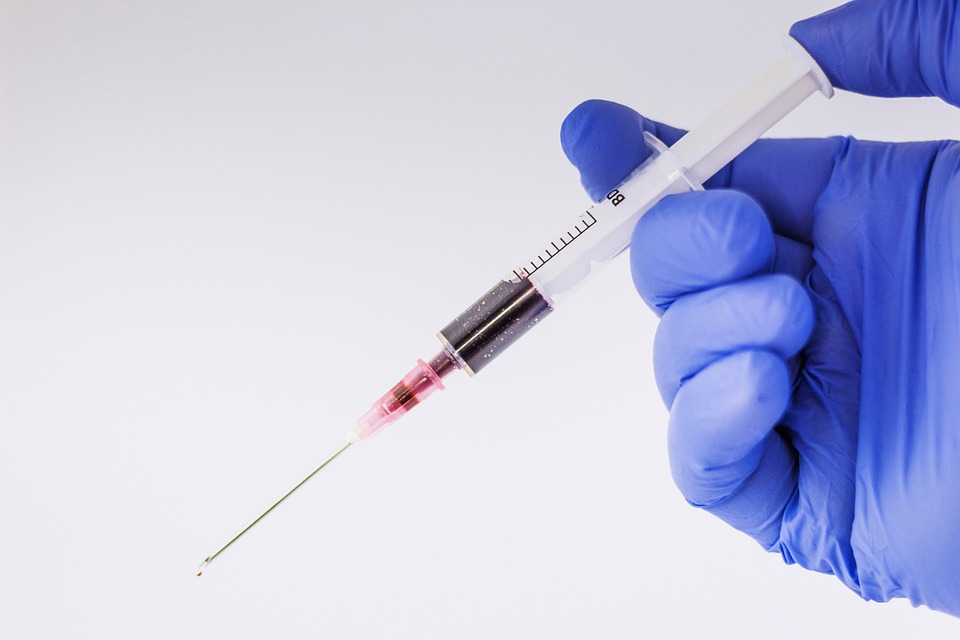
FDA approves Genentech’s Lucentis (ranibizumab injection) for diabetic retinopathy, the leading cause of blindness among working age adults in the United States.
Genentech, a member of the Roche Group, announced that the U.S. Food and Drug Administration (FDA) approved Lucentis (ranibizumab injection) 0.3 mg for the monthly treatment of all forms of diabetic retinopathy. The most common cause of vision loss in people with diabetes, diabetic retinopathy is the leading cause of blindness among adults aged 20 to 741 and affects nearly 7.7 million people in the U.S.2
With this approval, Lucentis becomes the first and only FDA-approved medicine to treat diabetic retinopathy in people who have been diagnosed either with or without diabetic macular edema (DME), a complication of diabetic retinopathy that causes swelling in the back of the eye. In February 2015, Lucentis received FDA approval for the treatment of diabetic retinopathy in people with DME based on data from the pivotal RIDE and RISE Phase III clinical trials.
The FDA granted Lucentis Priority Review for the treatment of diabetic retinopathy without DME based on an analysis of the Diabetic Retinopathy Clinical Research Network’s (DRCR.net) Protocol S study. This NIH-funded study compared Lucentis treatment to panretinal laser treatment in diabetic retinopathy patients both with and without DME.
In the analysis that supported this approval, patients with and without DME in the Lucentis group experienced improvements in the severity of their retinopathy. Adverse events were consistent with those seen in previous studies.
“Diabetic retinopathy is the leading cause of vision loss among working-aged adults in the U.S. between the ages of 20 and 74. We are very pleased that Lucentis is now FDA-approved to treat retinopathy in people with and without DME,” said Sandra Horning, M.D., chief medical officer and head of Global Product Development. “In multiple clinical studies, Lucentis demonstrated a significant improvement of patients’ diabetic retinopathy, and it is the first and only anti-VEGF therapy approved to treat all forms of diabetic retinopathy.”
Priority Review Designation is granted to medicines that the FDA has determined to have the potential to provide significant improvements in the safety and effectiveness of the treatment of a serious disease.
The FDA previously granted Lucentis Breakthrough Therapy Designation for diabetic retinopathy in 2014 based on the pivotal RIDE and RISE phase III clinical trials. Breakthrough designation is intended to expedite the development and review of medicines with early evidence of potential clinical benefit in serious diseases and to help ensure that patients receive access to medicines as soon as possible.
Diabetes affects more than 29 million people in the U.S.3 The longer a person has diabetes, especially if it is poorly controlled, the higher the risk of developing diabetic retinopathy and vision loss. Diabetic retinopathy occurs when blood vessels in the retina become damaged. This can cause vision loss or distortion when the abnormal vessels leak blood or fluid into the eye.1
___________________________________________________
References:
1 U.S. Centers for Disease Control and Prevention. Common Eye Disorders: Diabetic Retinopathy. Available at https://www.cdc.gov/visionhealth/basics/ced/index.html. Accessed March 7, 2017.
2 Prevent Blindness America. Diabetic Retinopathy. Available at https://www.visionproblemsus.org/diabetic-retinopathy/diabetic-retinopathy-definition.html. Accessed March 7, 2017.
3 American Diabetes Association. Statistics About Diabetes. Available at https://www.diabetes.org/diabetes-basics/statistics/. Accessed March 7, 2017.
(Source: Business Wire)
Filed Under: Drug Discovery




